Last year on my instagram, I gathered up a few art pieces I saw throughout the year that really stuck with me. I’ll be doing that again now, but on a much larger scale.
This spring, I enrolled in an art history class that bested any others I’d taken before. Titled Art in New York, it was structured around taking trips to museums, galleries, and significant places in the city each week, focusing on a different artist, topic, or movement each time. It helped further strengthen the appreciation I hold for art in all of its forms, and I am now one of those people who stop to read every sign in the museum. A large amount of the things on this list I saw because of that class, but a few of them I sought out on my own.
So without further ado, here is a fairly exhaustive list of things that I was truly blessed to see (in chronological order).
Shuar ear ornaments, Equador, 1930
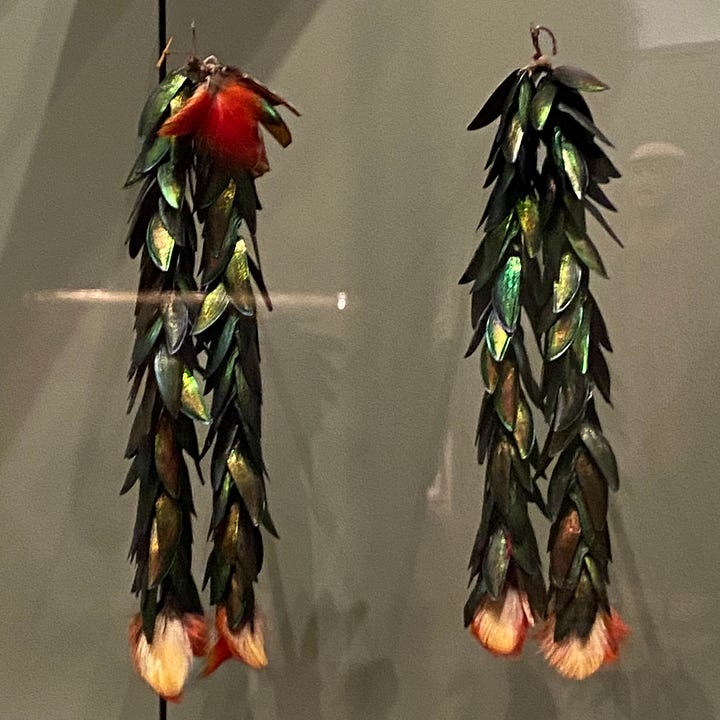

In March, my class took a trip to the National Museum of the American Indian, located in the Financial District. Dedicated to preserving the culture of various indigenous peoples spanning the Western Hemisphere, the institution showcases an expansive collection of objects, photographs, archives, and media. Of the many things on display, something that really stuck out to me were these earrings. Made from beetle wing covers, toucan feathers and plant fibers, these 10.5 inch long beauties were worn by men during formal occasions and ceremonies. My image doesn’t fully capture just how striking green iridescence of the wings are against the vibrant red feathers, but there are photos of them on the museum’s site! I was also able to find an image of a man wearing a pair in 1935.
Gee’s Bend quilts


In April, my family and I spent a weekend in DC, where we went to the National Gallery. Visiting there was mostly my idea, as I’d learned of their acquisition of some Gee’s Bend quilts and knew I had to see them in person. If you are unfamiliar, Gee’s Bend quilts are quilts made by the women of Boykin, Alabama, a small, previously enslaved black community. Made primarily out of necessity, most of these quilts are made from a mixture of materials, a contrast from traditional cotton construction. (The two shown here are made mostly from corduroy!) This, along with the mostly abstract piecing and thoughtfully selected colors and prints make these quilts art pieces in their own right. My two favorites from the exhibit were sewn in 2002 and 2003, but you can view some that date back even further here.
Philip Guston
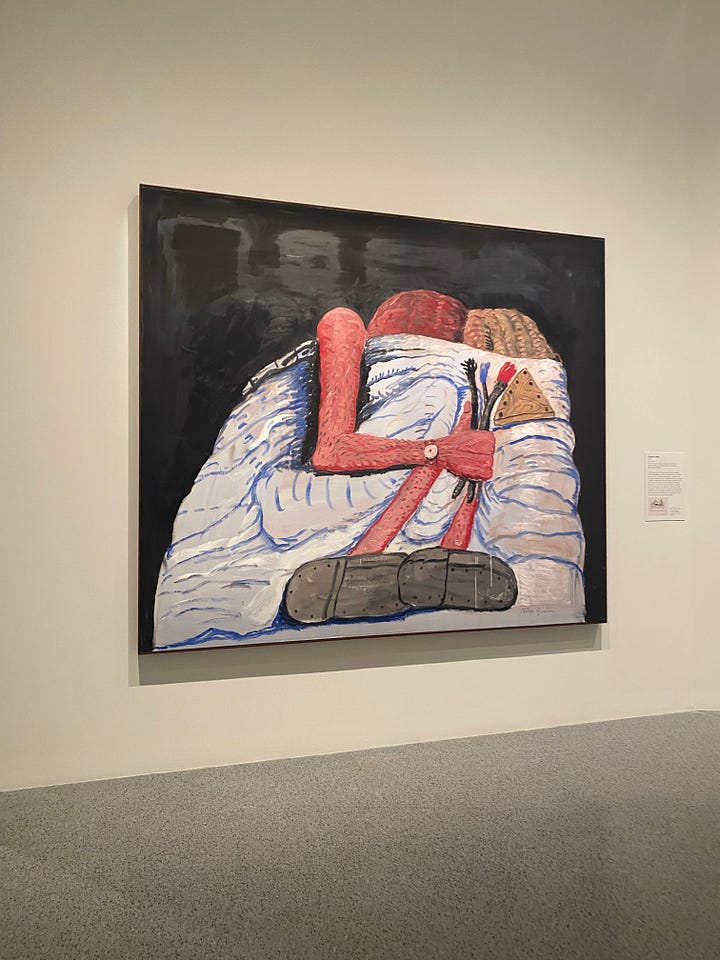
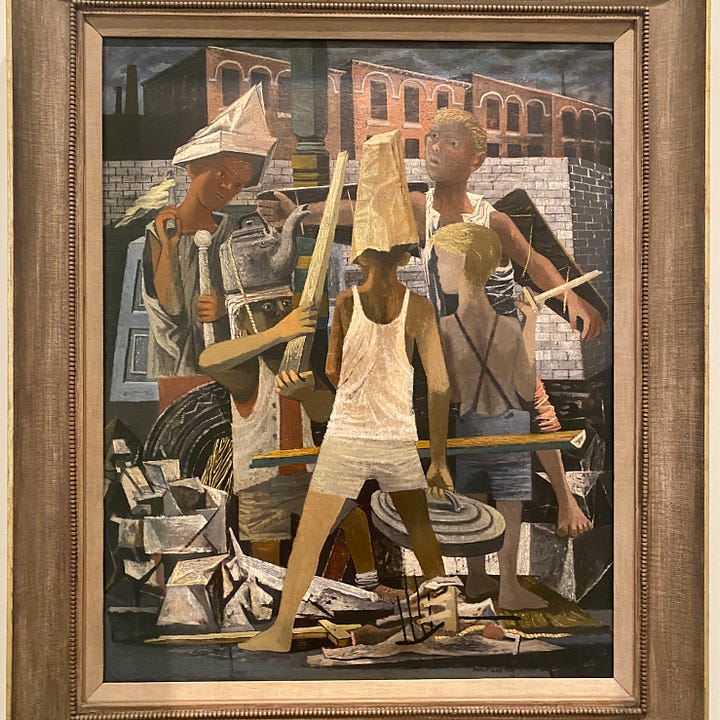
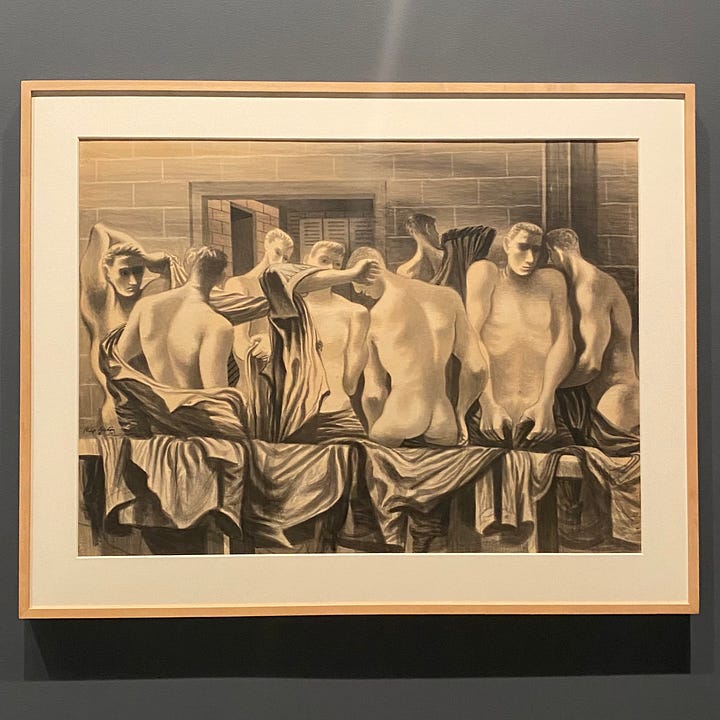
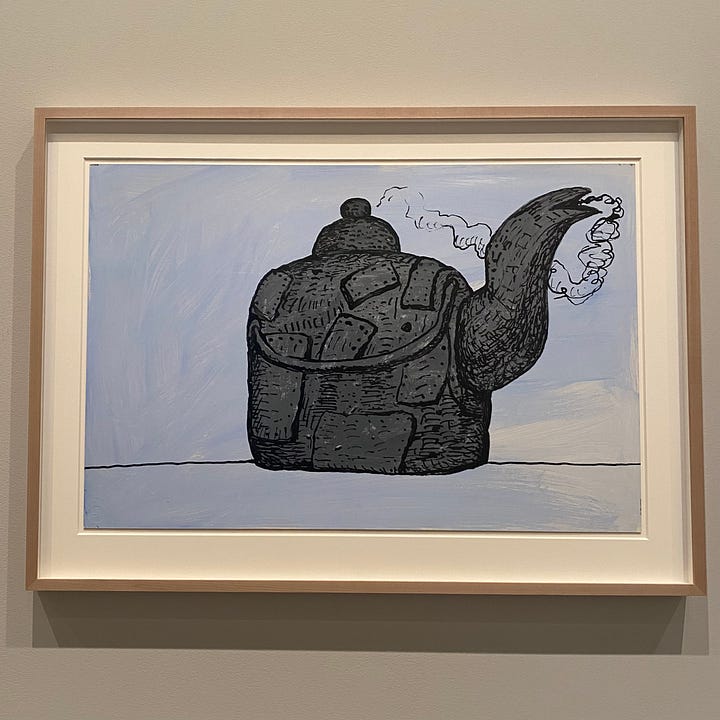
Another thing that captured me at the National gallery was Philip Guston Now, an exhibition of over 50 years of work from the truly varied artist, Philip Guston. They did an amazing job of compiling and showcasing all of the different phases his art went through, and movements he participated in and helped influence. The first and last paintings I’ve selected, Couple In Bed and an untitled painting of a teapot, are products of his mid to late 70’s departure from abstraction into his more iconic, stylized figurative works. The second painting, Martial Memory, is from 1941 and is an example of one of his first journeys into more personal themes, although the influence of the Italian renaissance art period he so admired is still felt. The third piece is one of many from his 1943 work for Fortune Magazine (who actually used to be kinda cool?)
Gösta Peterson
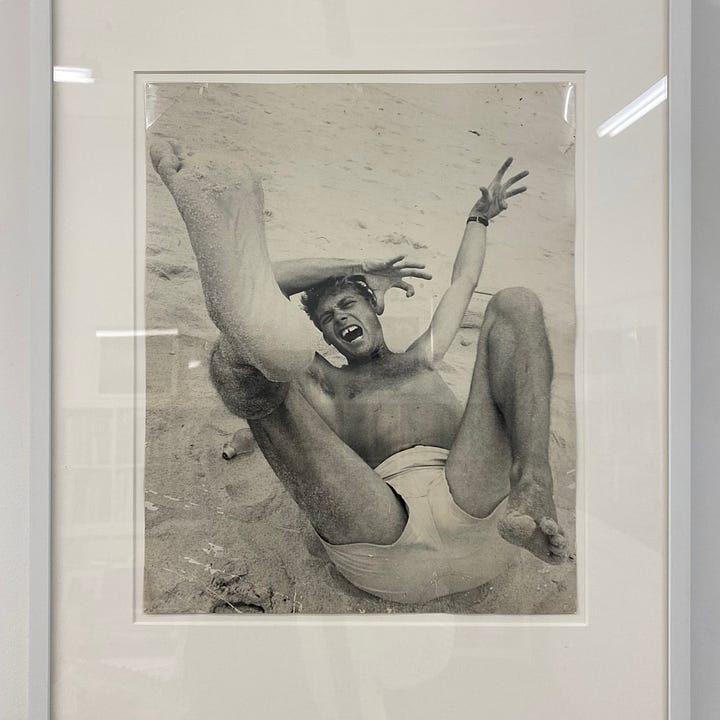
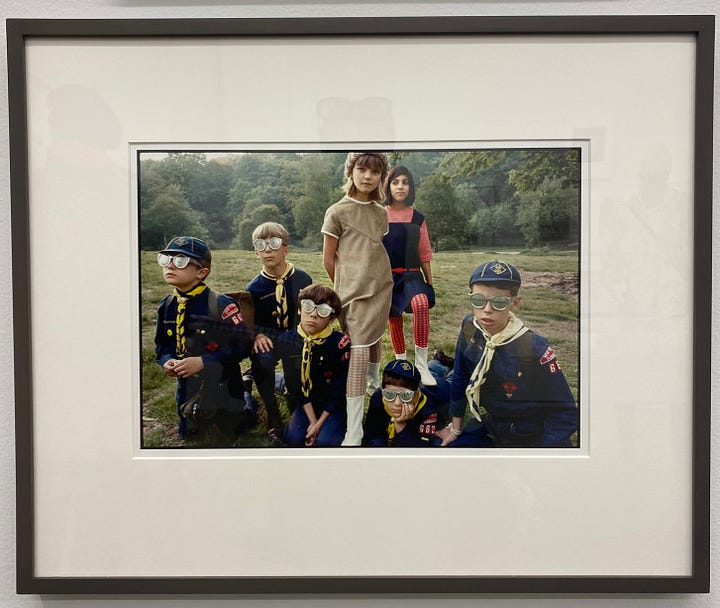

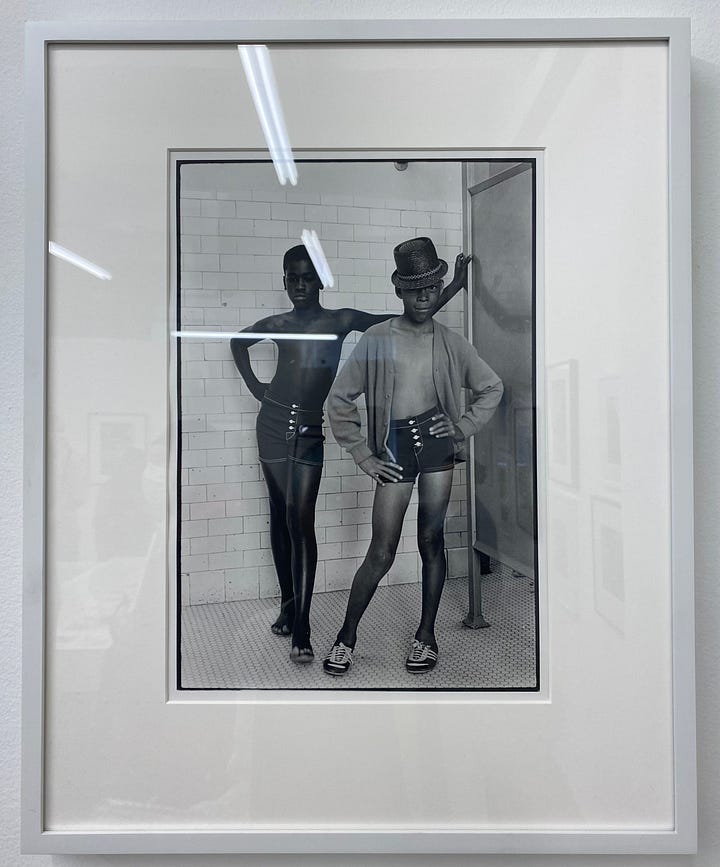
Sometime during May in my Art in New York class, we focused specifically on photography and spent the class time gallery hopping around Chelsea, viewing images from photographers of different eras and focuses. One of the galleries we found ourselves in was Deborah Bell Photographs, where crammed in a tiny, warm room was a collection of photos by Gösta Peterson. (I found out afterwards that it was his first posthumous exhibition!) Perhaps some of my favorite things I’ve seen all year, I was quite disappointed to learn that his name is relatively unknown. The photographer behind Naomi Sim’s breakthrough as the first black model to appear on a widespread fashion magazine and the first person to photograph Twiggy upon her arrival in the US, Peterson was born in Sweden but moved to New York in 1948. From there he dabbled in street photography, and began focusing on fashion after meeting his wife who was the future fashion editor of the New York Times. The first photo is a self portrait on the beach from the early 60’s, and the next is a picture titled Young Sophisticates, which was used in a 1965 magazine spread. The third image of the ladies in orange and marigold undies may be my favorite, although I can’t really choose. The last photo of the two boys is one of his more iconic ones that I am once again obsessed with.
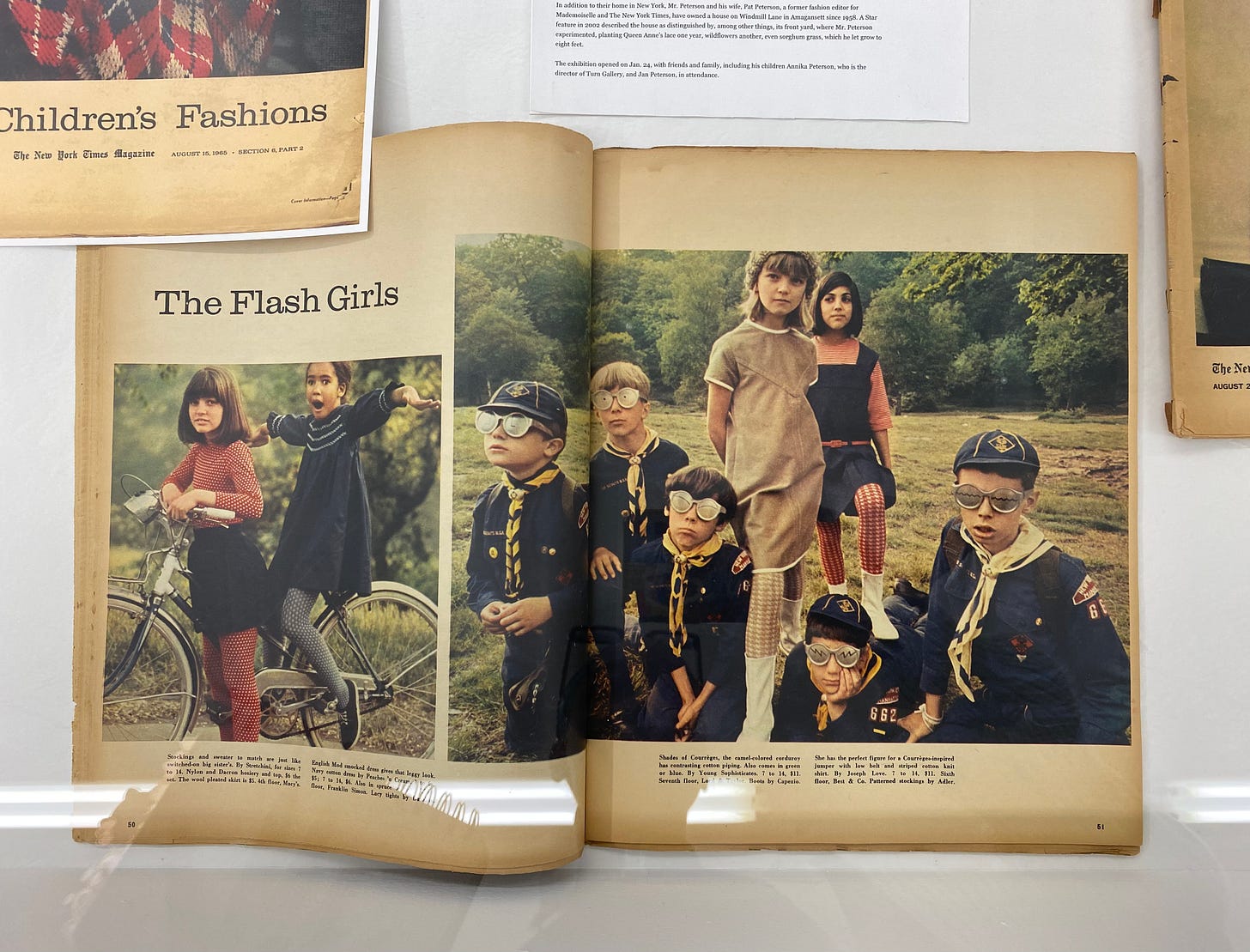
I could write and show you a lot more regarding Gösta Peterson’s work, but I have other things to share with you as well. I do suggest taking some time to scroll through more of his photographs, each one is chock full of inspiration. I may or may not have a 136 page book of his work on the way in the mail…..I just can’t help myself.
Richard Avedon
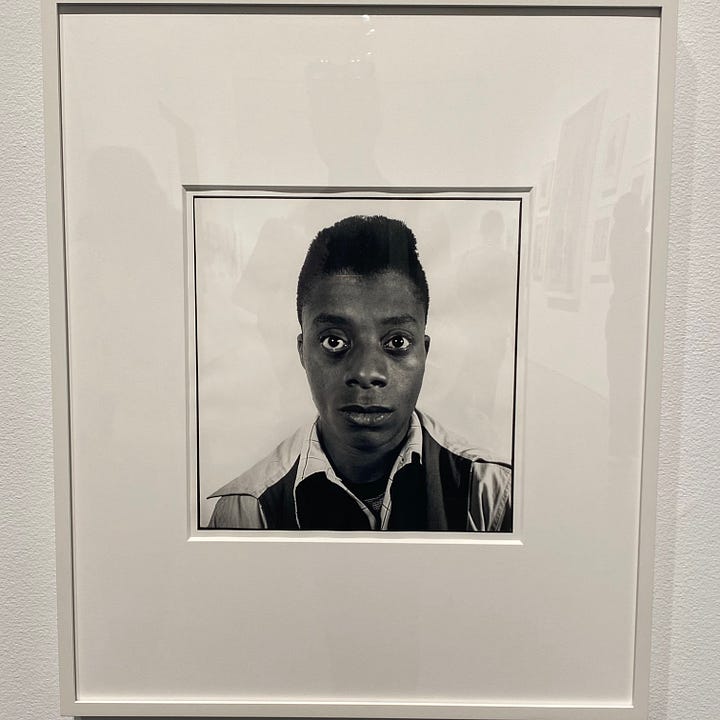
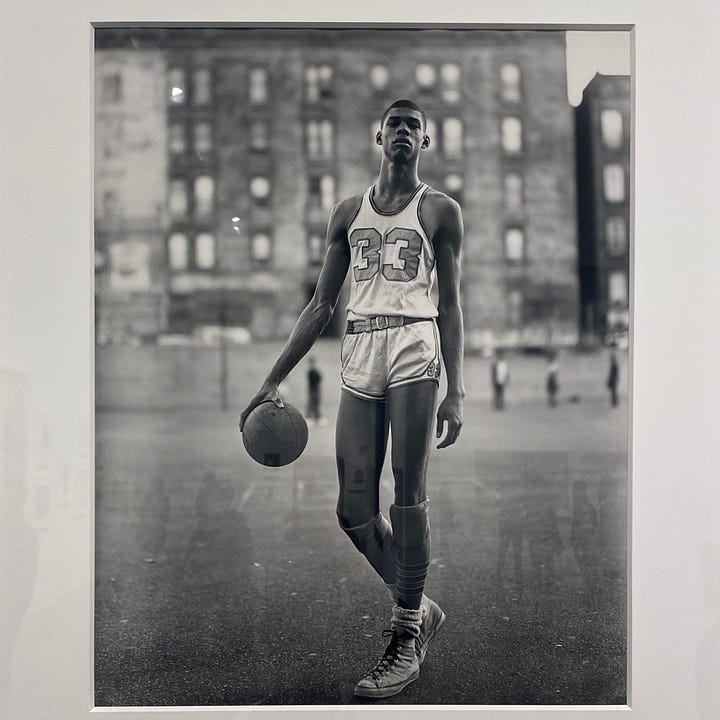
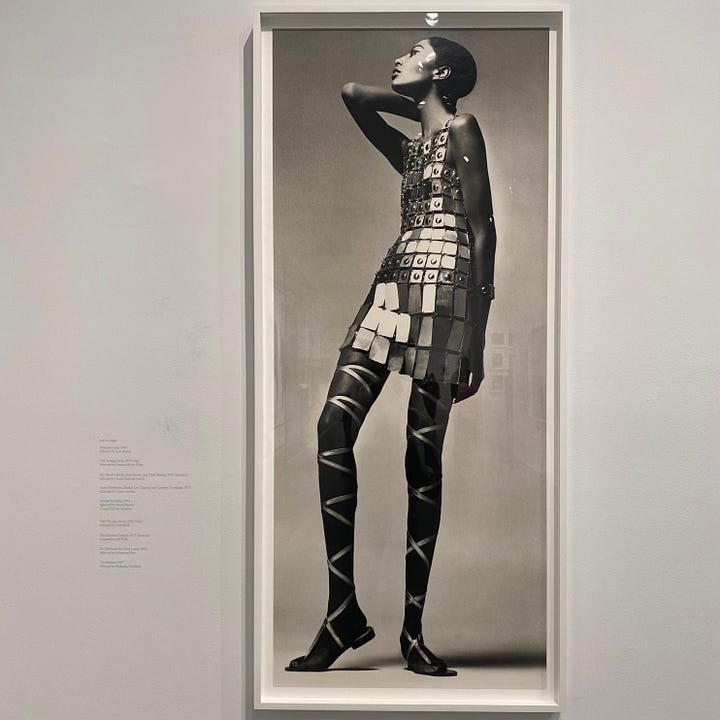
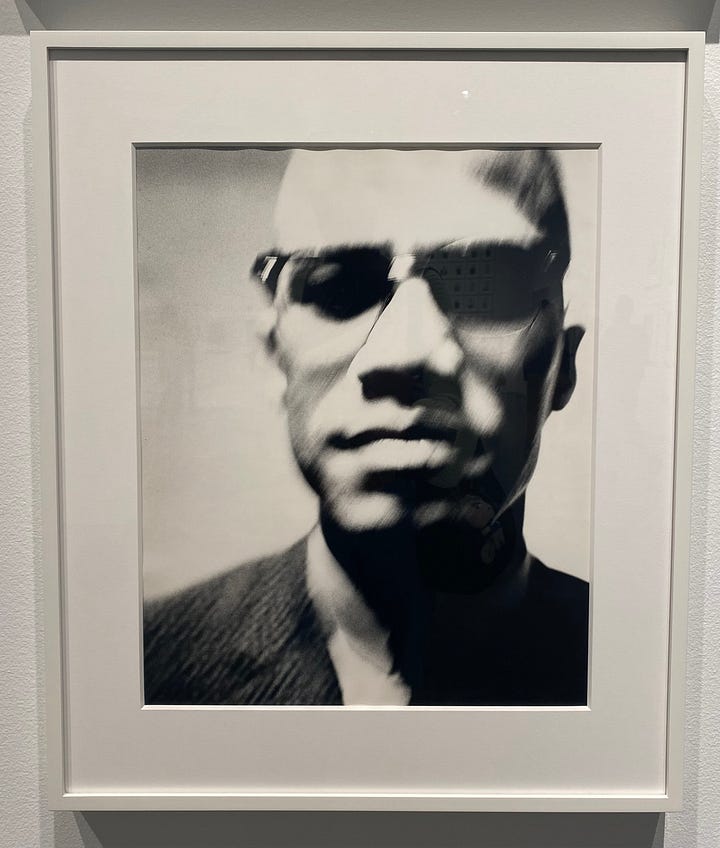
We also stopped by Gagosian Gallery, where they had a sprawling display of photos from Richard Avedon’s career. Another photographer focused primarily on fashion images, Avedon is much more renowned in the fashion and art world and captured a wide range of subjects of similar stature. While there were great images of Marilyn Monroe, Warhol and members of The Factory, and of course, the Beekeeper, these are the ones I really loved. First is a simple portrait of James Baldwin from 1963. Baldwin and Avedon actually went to high school together in the Bronx, where they co-edited the school’s literary magazine. The second photo is of Kareem Abdul-Jabbar in 1963. The clothes mainly drew me to this one, it would be cool to find a pair of vintage satin buckle-front basketball shorts one day. We then have a photo of Donyale Luna from 1966 in an absolutely gorgeous metal dress and high strappy sandals by Paco Rabanne. This image was quite large in person, making it all the more striking. Finally, I really loved this photo of Malcom X from 1963. The energy of this portrait is much more relaxed and even fun compared to other images of him, and re-humanizes him in a way.
Faith Ringgold For the Women’s House, 1971
Faith Ringgold’s works seem to follow me wherever I go, and I don’t mind it. I was first able to see a number of her pieces at the New Museum last May, and have since ran into her works at the MoMa and this one here at the Brooklyn Museum. A giant 96 x 96” painting, For the Women’s House was created for the Women’s House of Detention in New York City. In an attempt to empower the women despite their circumstances, Ringgold depicts women in roles both familiar and non-traditional. Each scene is separated into quilt block segments, calling back to her most notorious medium.
Palais Galliera, 1997 Fashion Big Bang
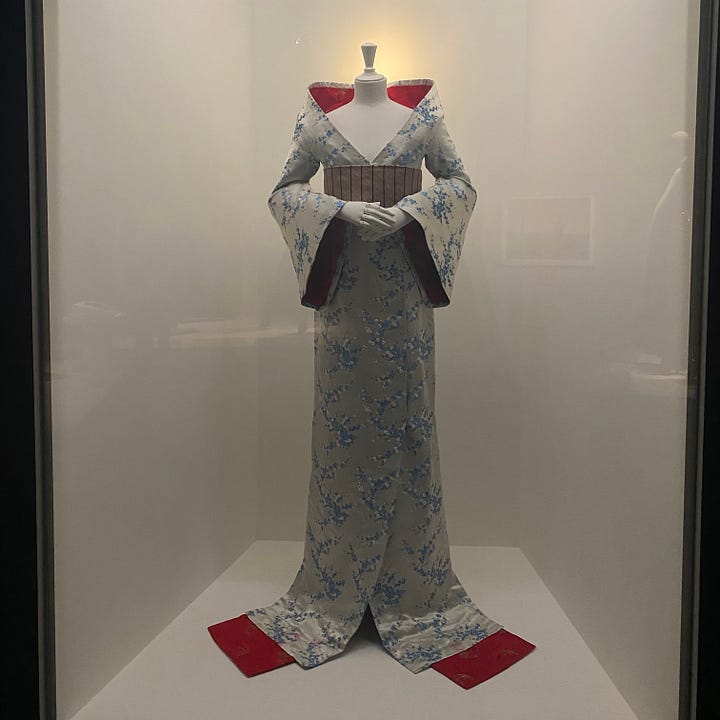
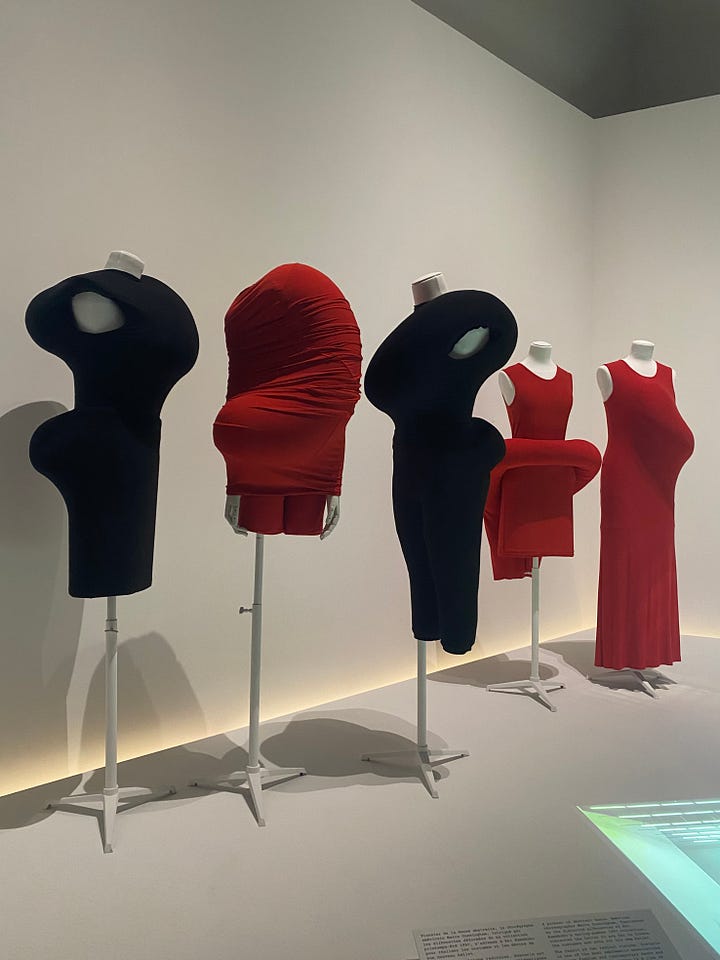
I spent a few weeks abroad for school this summer and while in Paris, we went to Palais Galliera for their 1997 Fashion Big Bang exhibit. Focusing on a year that birthed fashion moments that defined the years to come, the museum showcased a number of pieces that were truly unreal to see with my own eyes. One of those pieces was the Bjork dress from her Homogenic album cover. Made for her by Alexander Mcqueen, she commissioned him saying she wanted to appear as a “warrior with love as her only weapon.” I was also very intrigued by these garments by Rei Kawakubo of Comme de Garçons. Based on the polarizing pieces of her Spring 1997 runway show, Body Meets Dress, Dress Meets Body, these dresses were made for a collaboration with modern dance choreographer Merce Cunnignham. Together, the two were able to produce Scenario, a visual anomaly successful in part because of the irregularity of the costumes and the altering effect it had on the performers. You can see the garments in motion here.
Yoshitomo Nara

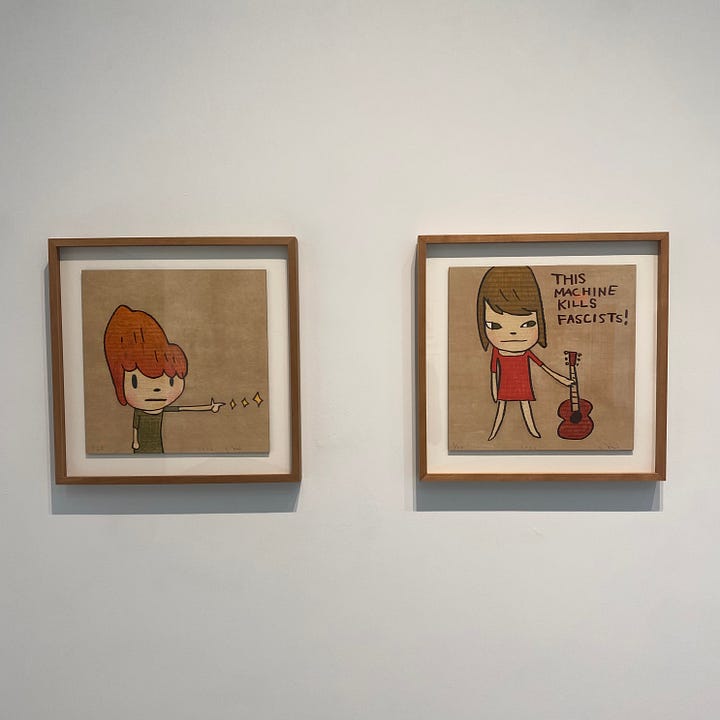
When I made it back home in June, my mom and I went gallery hopping once again. We were ambushed by a bit of rain and while running for cover, we spied a sign for Pace Gallery advertising a few Yoshitomo Nara woodcuts they had at the moment. I’m still beyond jealous of everyone who was able to see his LACMA exhibit so we hurried the few blocks over.
Of the ones they had on display, I really liked this girl in the orange shirt, she was made in 2014. The other two, Three Stars and This Machine Kills Fascists were made in 2022.
Honorable Mentions
Here are some other things that I liked but no longer have the capacity to explain.
Juan Rodríguez Juárez The Entombment of Christ, 1702
George Bellows Dempsey and Firpo, 1924
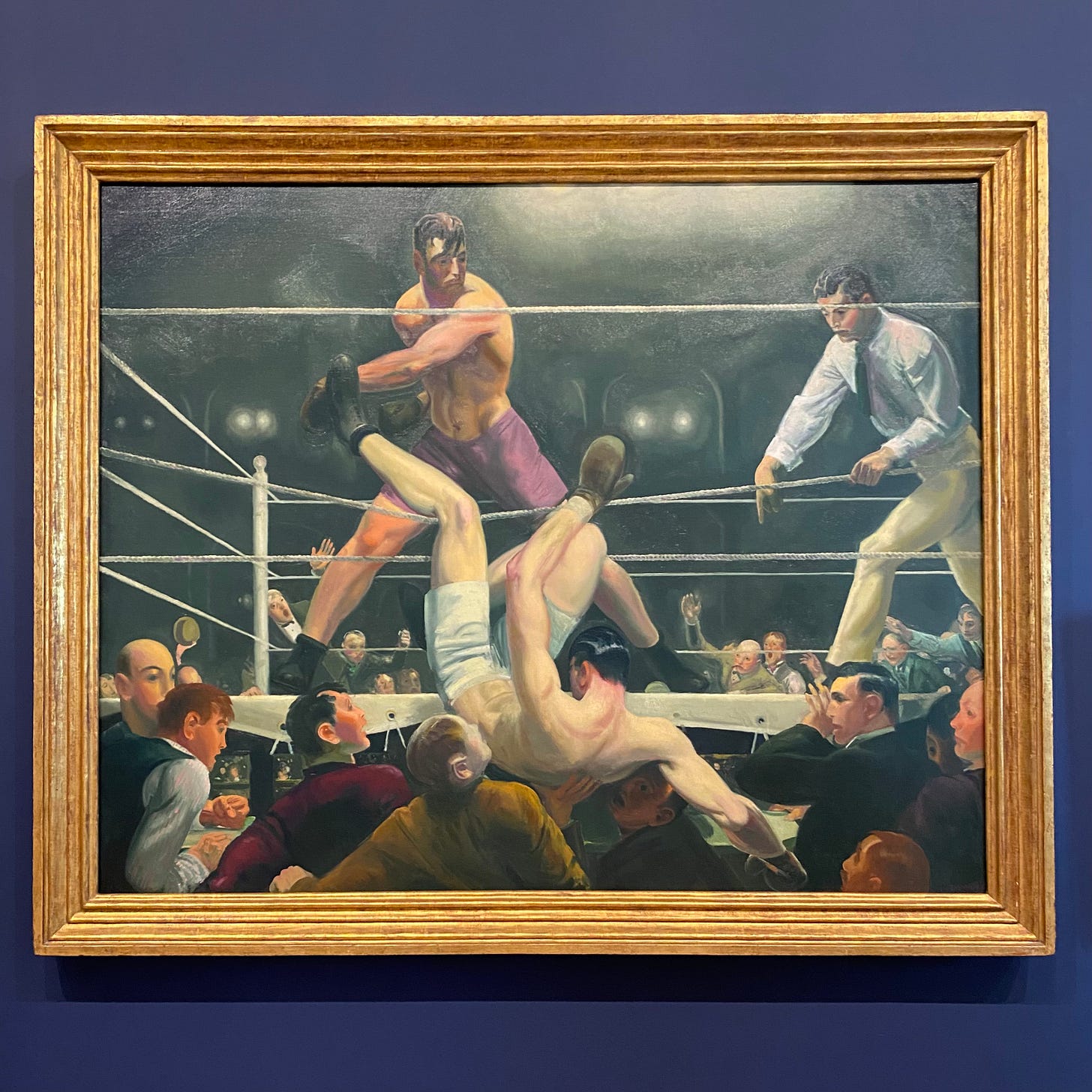
Italian Necklaces, 1820-60
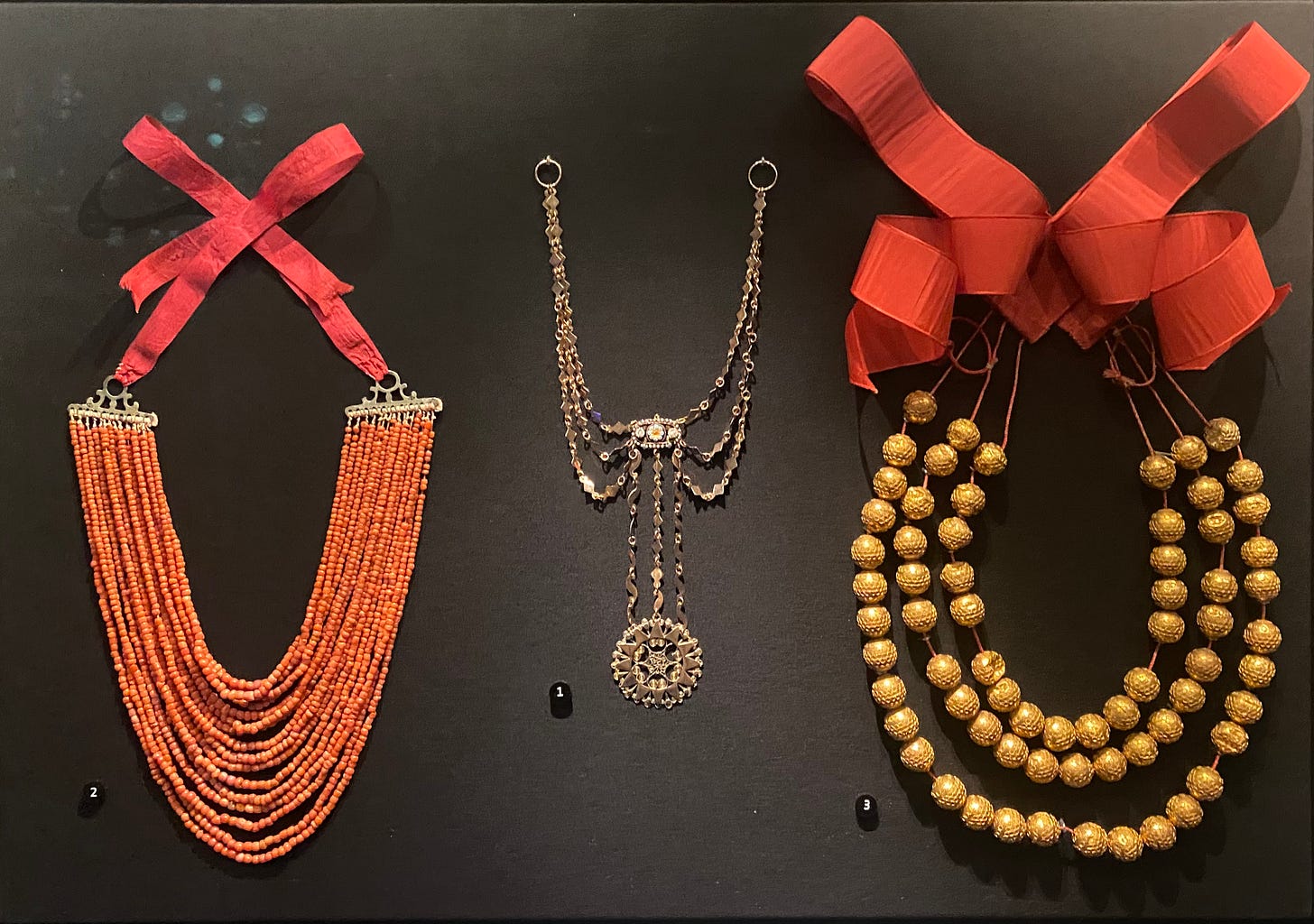
Filipino Lippi, c. 1495
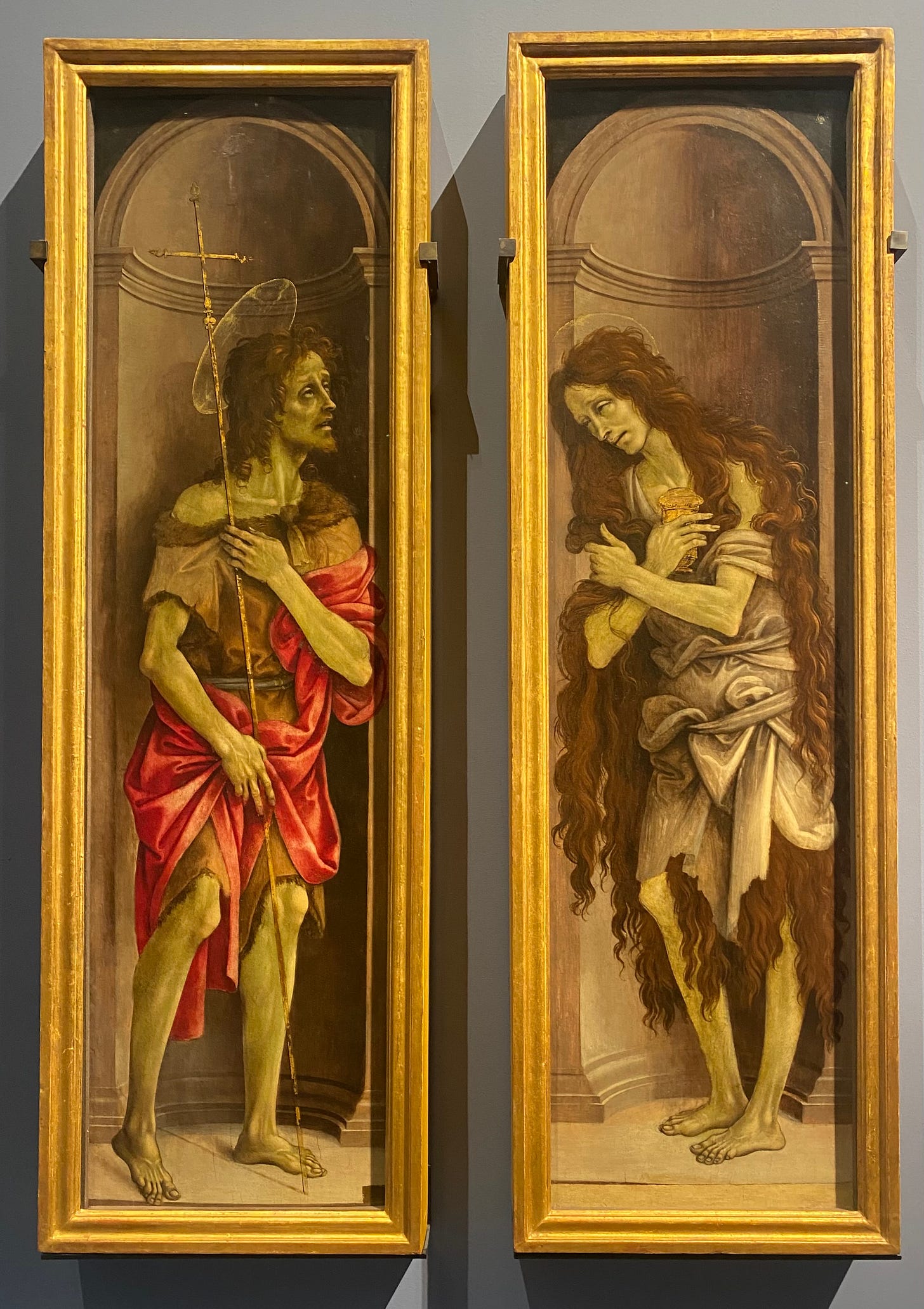
Thank you for tuning in, get out to your local museums and read everything they have to say! ฅ^•ﻌ•^ฅ






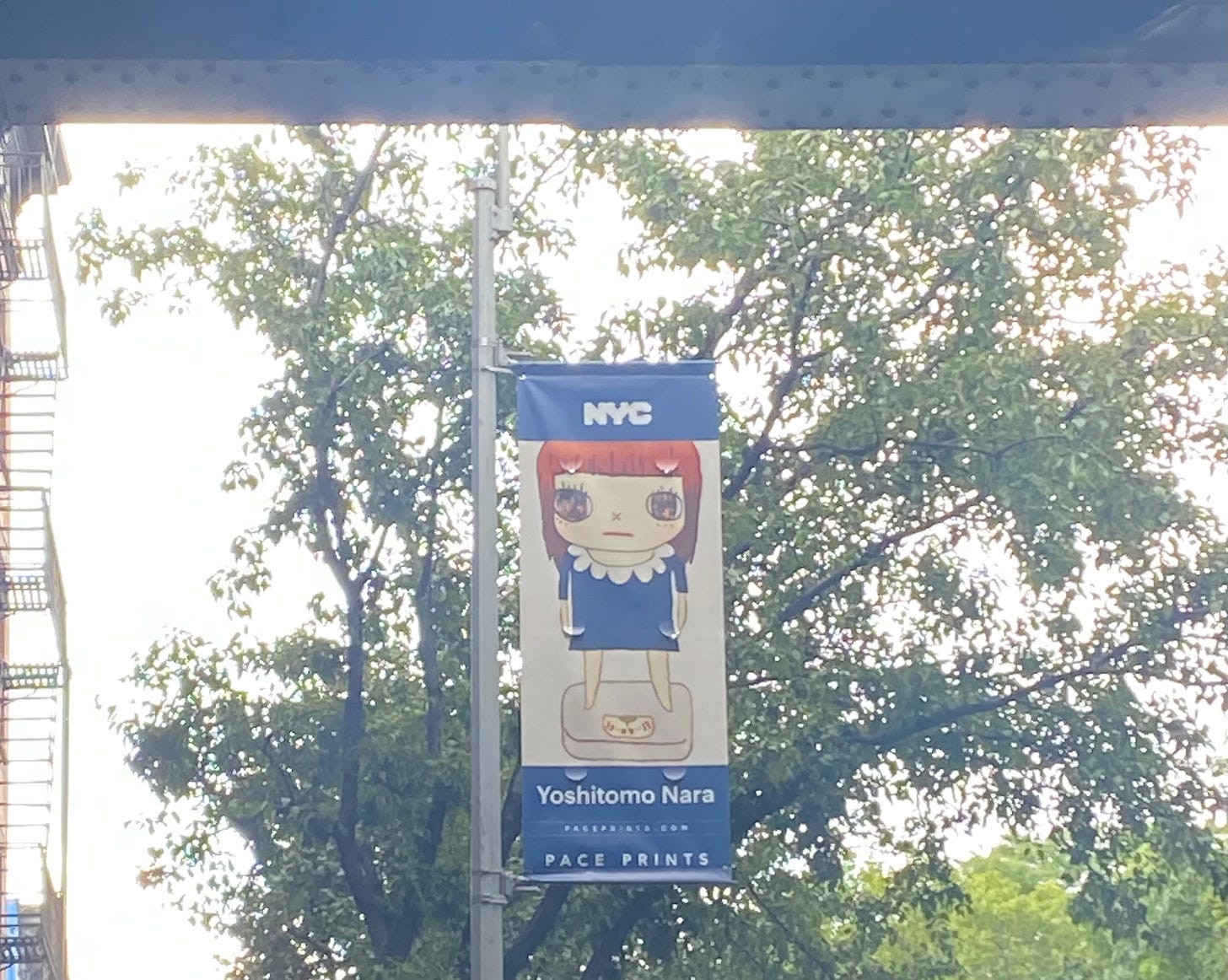
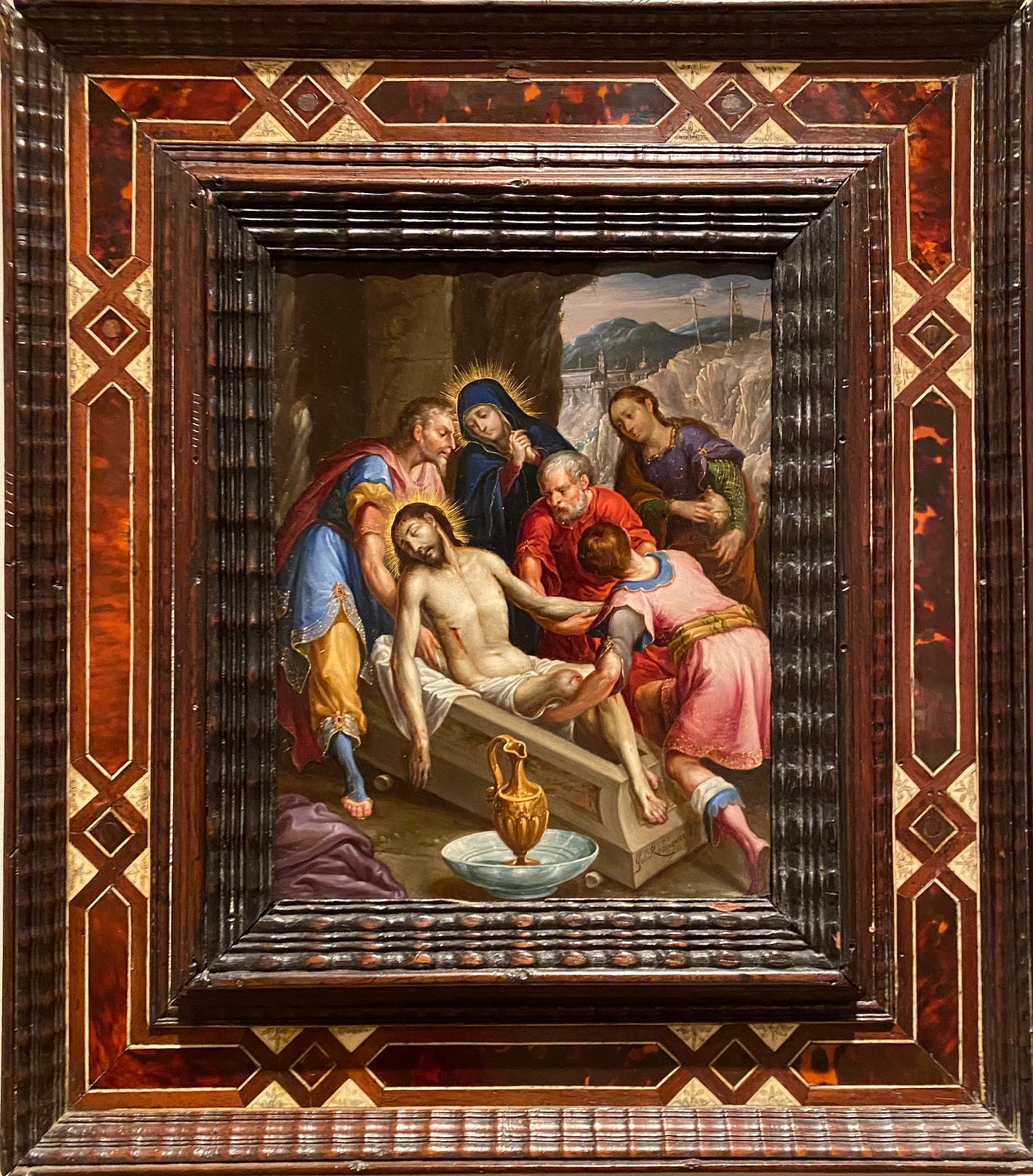
I loved this piece!! Thank you 🙏🏻
Really enjoyed this:) Such a good idea too!